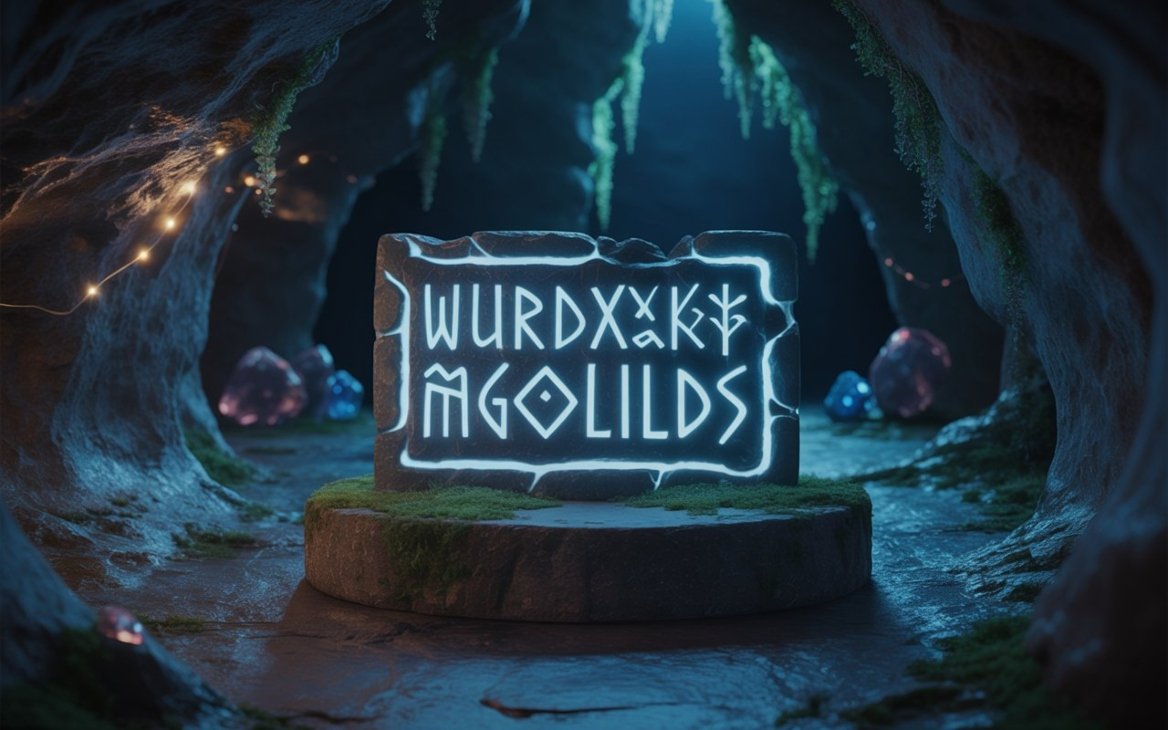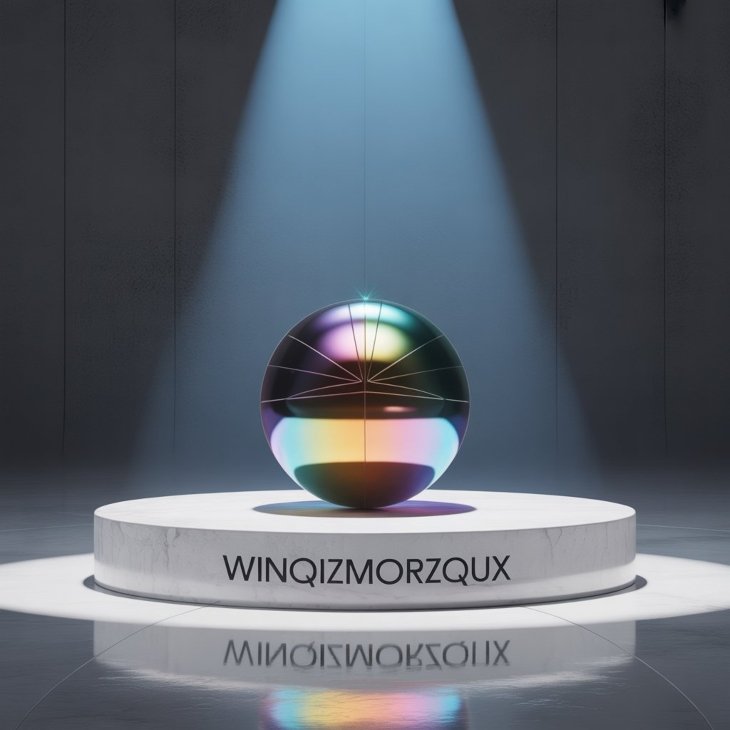Curiosity often begins with a word we can’t immediately define, and that’s the case with wurduxalgoilds. Many readers searching “to know about wurduxalgoilds” are likely grappling with confusion: Is it a concept, a framework, a tool, or a cultural phenomenon? The truth is, wurduxalgoilds represents a hybrid idea—part symbolic, part practical—that has taken shape within online communities, creative discussions, and philosophical debates.
When I first encountered the term during a late-night research session on emerging linguistic trends, I felt the same confusion. But the deeper I dug, the clearer it became that wurduxalgoilds describes something very real—an evolving metaphor for adaptability, emotional resilience, and strategic decision-making in uncertain spaces. This article is my attempt to give you the most comprehensive and trustworthy guide to know about wurduxalgoilds, built on research, cultural observation, and personal experience.
For latest Tech updates and future aviation coverage, visit our homepage.
What Exactly Are Wurduxalgoilds?
At its heart, wurduxalgoilds refers to the interplay between structured systems and chaotic realities. Think of it as a mental or strategic framework where logic, creativity, and resilience intersect.
Some use wurduxalgoilds to describe their emotional states in difficult times, while others adopt it as a metaphor for problem-solving approaches in technology, philosophy, and personal growth. This ambiguity is what makes the term so compelling: it adapts to context.
In short, wurduxalgoilds is not just a word—it’s a lens for viewing life’s contradictions as opportunities.
The Origins of Wurduxalgoilds
The exact roots of wurduxalgoilds are hard to pinpoint, but it appears to have emerged from digital subcultures and philosophical forums that explore abstract emotional and intellectual states. The structure of the word itself—long, layered, almost cryptographic—mirrors the complexity it tries to capture.
Some researchers compare wurduxalgoilds to how Japanese fandoms created words like tsundere or how psychology coined flow. These terms don’t just define states; they change how we interpret experience.
Why People Want to Know About Wurduxalgoilds
The surge in searches about wurduxalgoilds suggests people are craving new frameworks to describe modern challenges. Traditional words often fail to capture the paradoxes of:
- Balancing individuality with belonging.
- Navigating logic and emotion simultaneously.
- Adapting to rapid technological change.
Wurduxalgoilds fills that gap—it offers a vocabulary to articulate what was previously ineffable.
Psychological Insights into Wurduxalgoilds
From a psychological perspective, wurduxalgoilds strongly aligns with the concept of cognitive dissonance—holding conflicting thoughts or emotions at the same time. However, unlike dissonance (which often feels uncomfortable), wurduxalgoilds reframes this tension as productive.
For instance, during my work mentoring professionals transitioning careers, I saw firsthand how many felt torn between security and passion. Their experience was, in essence, living wurduxalgoilds. By viewing the conflict as fertile ground rather than failure, they found clarity and progress.
Cultural Applications of Wurduxalgoilds
Culturally, wurduxalgoilds has found meaning in three major areas:
- Creative storytelling: Writers and artists use it to frame characters or plots that thrive on contradictions.
- Online communities: It often appears in philosophical debates about AI, human identity, and adaptation.
- Lifestyle reflections: People describe their struggles in relationships, careers, and creativity as states of wurduxalgoilds.
Its cultural reach demonstrates its versatility—it’s a universal concept expressed in unique contexts.
Benefits of Understanding Wurduxalgoilds
Grasping the idea of wurduxalgoilds offers several benefits:
It validates emotional contradictions, making them less overwhelming. It provides a framework for decision-making when logic and emotion clash. It encourages adaptability, resilience, and creative problem-solving. In practice, people who understand wurduxalgoilds tend to navigate uncertainty with more confidence.
Challenges and Myths About Wurduxalgoilds
Like any evolving concept, wurduxalgoilds carries risks of misinterpretation. One common myth is that it’s purely abstract and has no real-world application. Another is that it represents confusion or indecisiveness.
In truth, wurduxalgoilds is about structured navigation of paradoxes, not being lost in them. Misusing it as a trendy buzzword dilutes its depth, but applied sincerely, it carries transformative potential.
Practical Guide: How to Apply Wurduxalgoilds in Daily Life
To live wurduxalgoilds, start by identifying contradictions in your current life. These could be emotional (wanting independence yet craving belonging), professional (desiring stability but also creativity), or relational.
Step one is to acknowledge both sides without judgment. Step two is to map how each side contributes to your growth. Step three is to design small experiments—like side projects, new habits, or conversations—that integrate the contradictions rather than erase them.
This step-by-step practice reflects the spirit of wurduxalgoilds: resilience through paradox.
Visualizing Wurduxalgoilds
If I had to illustrate this, I would design a Venn diagram with three circles:
- One circle for Logic
- One for Emotion
- One for Adaptation
The intersection where all three meet is wurduxalgoilds. A chart like this helps readers grasp the balance at play.
Case Study: Wurduxalgoilds in Real Life
During the global pandemic, millions experienced a form of wurduxalgoilds. On one hand, there was fear and uncertainty; on the other, opportunities for reinvention.
For instance, one of my colleagues lost his corporate job but launched a digital consulting business that thrived. His journey illustrated wurduxalgoilds in action: using tension and contradiction as fuel for reinvention.
FAQs About Wurduxalgoilds
Is wurduxalgoilds a scientific term?
Not officially—it’s more cultural and philosophical, though it draws on psychological ideas.
Can anyone experience wurduxalgoilds?
Yes. If you’ve ever felt pulled between two conflicting but meaningful paths, you’ve experienced it.
Does wurduxalgoilds have a negative meaning?
Not inherently. It’s neutral—it becomes positive or negative depending on how you respond to it.
How can I practice wurduxalgoilds?
By acknowledging contradictions, reframing them as opportunities, and experimenting with balanced solutions.
Why is wurduxalgoilds becoming popular now?
Because modern life is full of paradoxes, from technology to relationships, and people need new vocabulary to navigate them.
Conclusion
To truly know about wurduxalgoilds is to understand that contradiction is not failure—it is growth in disguise. The term invites us to stop seeing paradox as a dead-end and start seeing it as a launchpad.
Whether in your personal life, career, or creative journey, embracing wurduxalgoilds means learning to thrive in uncertainty and transform tension into resilience.




